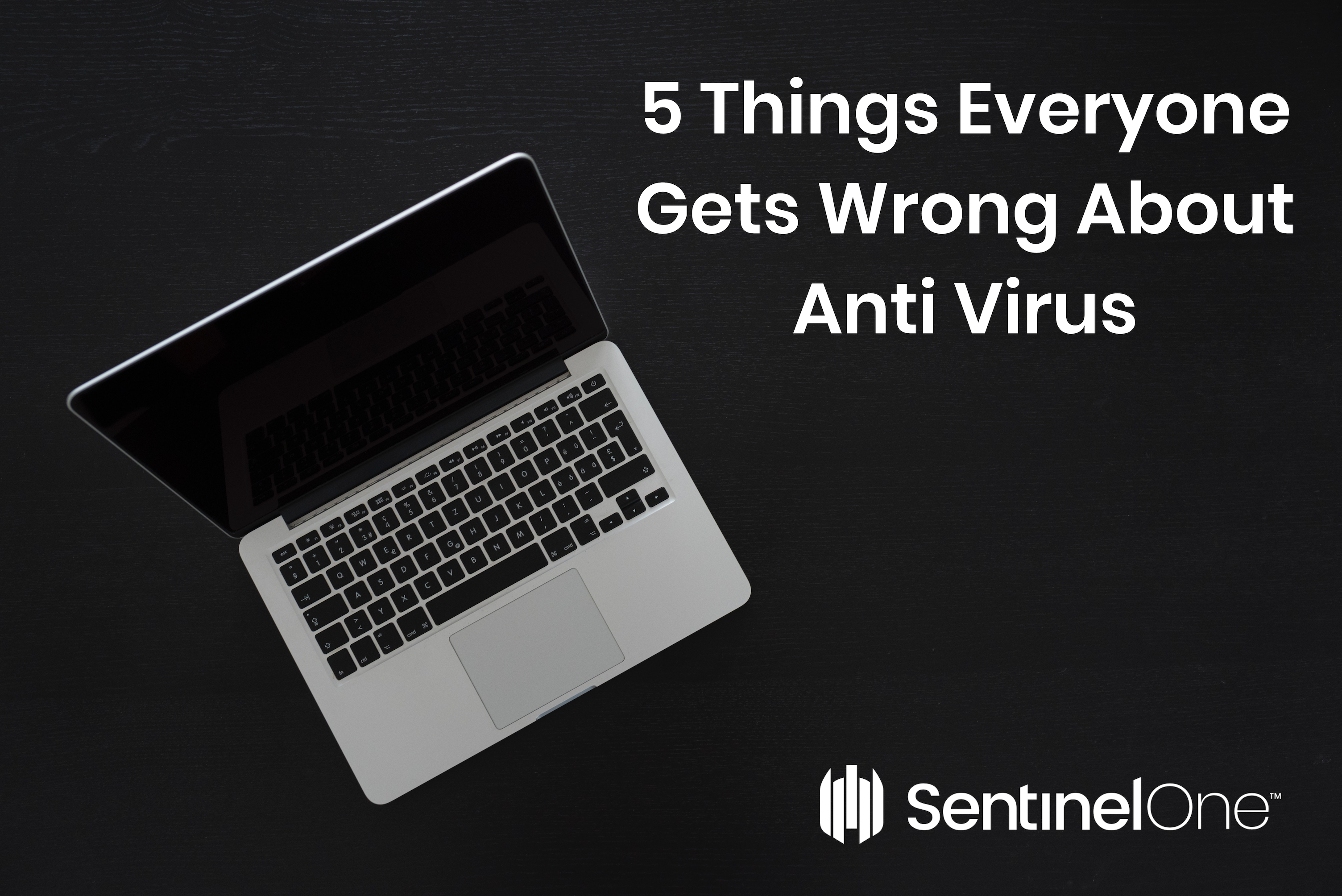It shouldn’t be news to anyone that cyber threats are on the increase, and the requirement to have an effective security solution has never been more pressing as advanced hacking techniques continue to proliferate in the wild.
With the market awash with vendors making bold claims and news stories making even bolder headlines, it can be hard to separate the fact from the fiction. If you’re new to endpoint security, here’s the five basic things to ensure that you get right about the options available.

1. Viruses Aren’t the Only Threat
Security threats have evolved beyond all recognition from the early days of the computer virus, but most security solutions still carry the term “anti-virus” in their name, which is really something of a misnomer in the modern threatscape.
The reality is that cyber attacks take many different forms that have nothing to do with being a virus, and they can range from the indiscriminate to the highly targeted. These include ransomware, spear-phishing, drive-by attacks and both software and hardware vulnerabilities that can lead to loss of customer and corporate data.
And don’t fall into the trap of thinking your business is too small to be targeted. Attackers are now weaponizing machine learning to produce highly-targeted campaigns, at low cost to themselves.
Also, don’t forget that threats can come from within; disgruntled employees know the weaknesses of your system better than any outsider. Good endpoint security needs to be able to detect bad behaviour no matter the point of origin.
2. Malicious Files Aren’t the Whole Story
Most people think that security software works by scanning files on the local computer and deciding whether they are malicious or not. Like the term ‘anti-virus‘, that’s a bit of an old-fashioned way of thinking about it. Although there are still legacy AV programs that primarily work in that way, even they will usually offer some additional functions such as blocking malicious websites or detecting excessive use of resources typically used by ransomware and crypto-miners.
However, for truly effective protection, you should be looking at security solutions that do more than that. Today’s cyber criminals are able to leverage fileless attacks, change DNS settings to re-route your network traffic and inject code into legitimate processes. A legacy AV solution that primarily focuses on scanning for malicious files is, like last week’s soup, well past its sell-by-date.
3. Trust is a System Weak Point
As we hinted in the previous point, untrusted software is not the only danger on your endpoint. Even first-party and established software brands can be leveraged to breach your system.
While MS Office Macro attacks have a long history, Macro-less attacks such as DDE attack can exploit vulnerabilities that will bypass many security solutions because they appear to be coming from trusted applications. Similarly, most businesses will likely have a need for legitimate PowerShell operations, and yet PowerShell-powered attacks are becoming increasingly common. You need a security solution that’s smart enough to allow PowerShell to maintain your productivity, but also able to ensure that it can tell the difference between malicious and legitimate behaviour.
Modern malware can also run without interference on many systems running AV solutions if it is able to operate with system-level privileges, whether through a privilege escalation vulnerability or other methods of infection. This is because many AV packages take the wrong approach by granting trust by identity, rather than by behaviour. When security solutions take this kind of “whitelisting” approach, the endpoint is left vulnerable to supply chain attacks and fake certificates.
4. There’s Power in Simplicity
Security software doesn’t have to be hard to use, and you shouldn’t have to be a security expert to manage it. Unfortunately, a lot of security software gives business owners just that impression, overcomplicating things with diagnostic tools and components that require specialist training courses to master. Be sure to choose an endpoint solution that minimizes maintenance tasks, presents a clean, easy-to-understand interface and provides one-click remediation.
You want a solution that anyone in your team can quickly learn and operate. It’s important for business continuity that knowledge of your security solution is not tied to specially-trained members of staff. Who knows how long before they move on, taking their expert knowledge of your security solution with them?
5. Security is a Mindset, Not a Product
Probably the biggest thing you can get wrong about AV software is believing that it can solve all your security issues in one fell swoop. Threats come in many shapes and forms: from indiscriminate ransomware attacks to disgruntled employees. What’s your plan of action when (don’t think “if”) a breach occurs? How will you respond? Failure to have a response plan in place could mean greater damage to your customers, your data and your reputation.
This is why you need an endpoint solution that can be part of your entire response plan. A cross-platform solution like SentinelOne can provide deep visibility into even encrypted traffic across your network, one-click remediation and rollback, and a single, holistic agent that’s simple to use.


